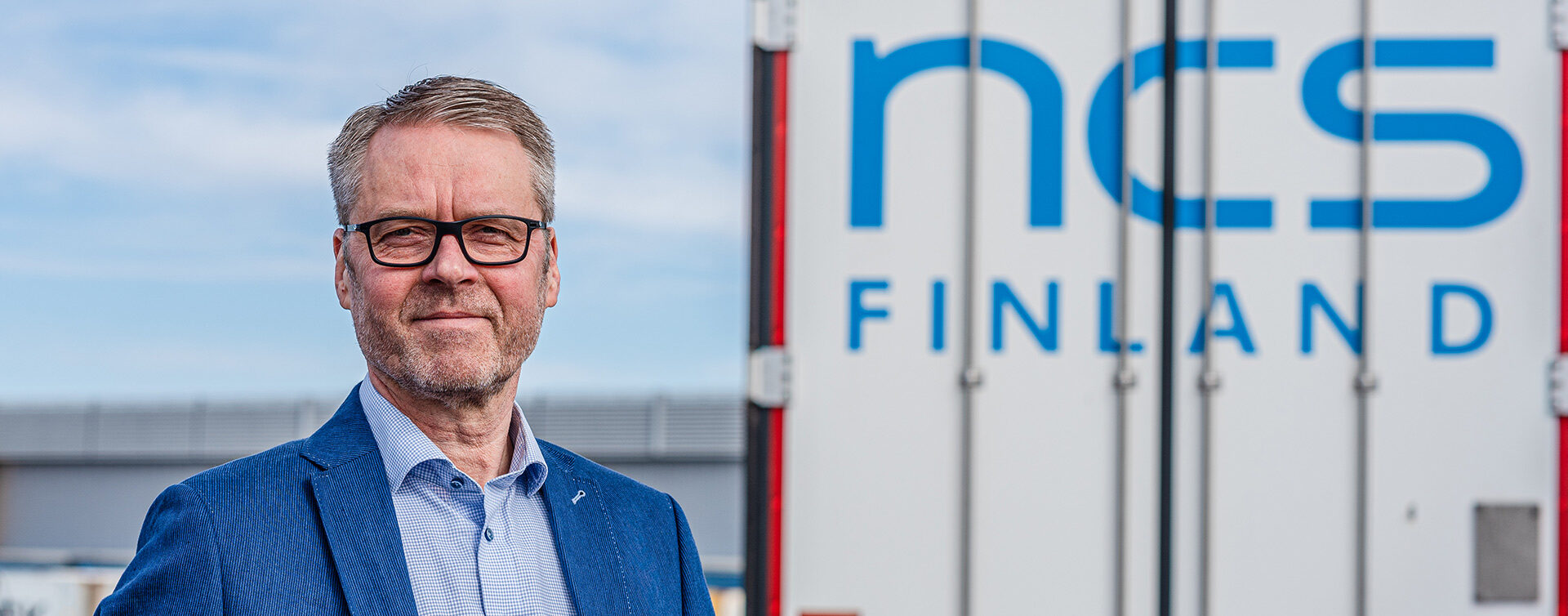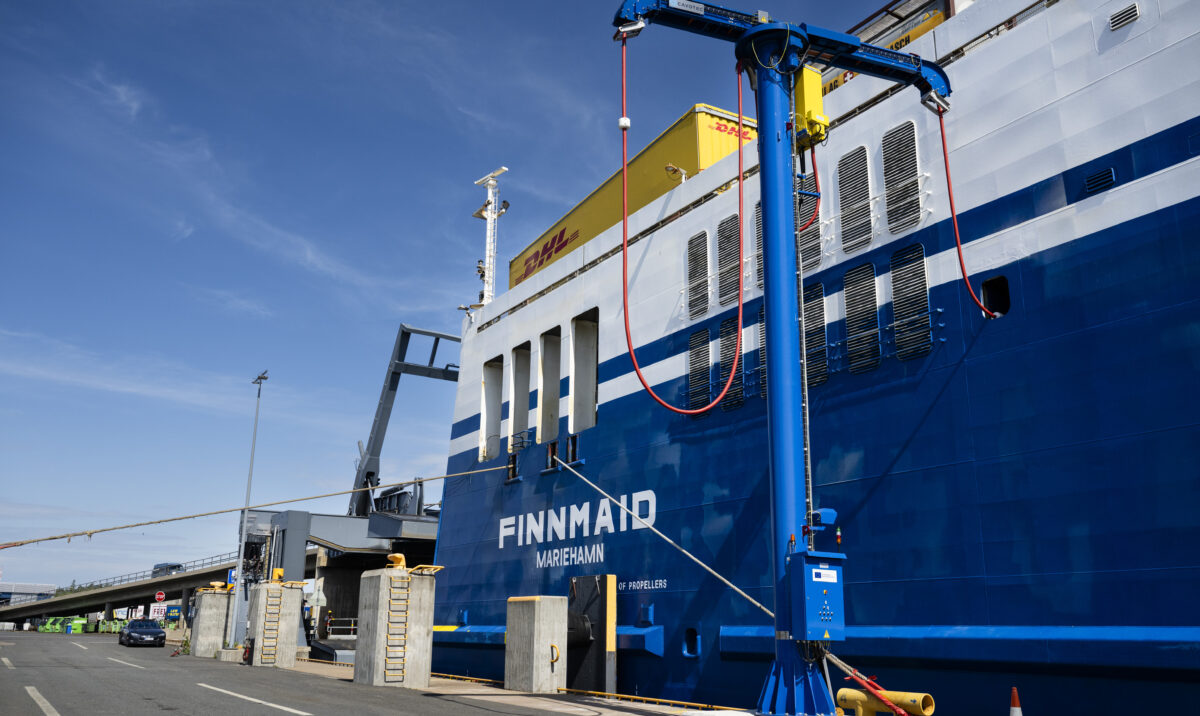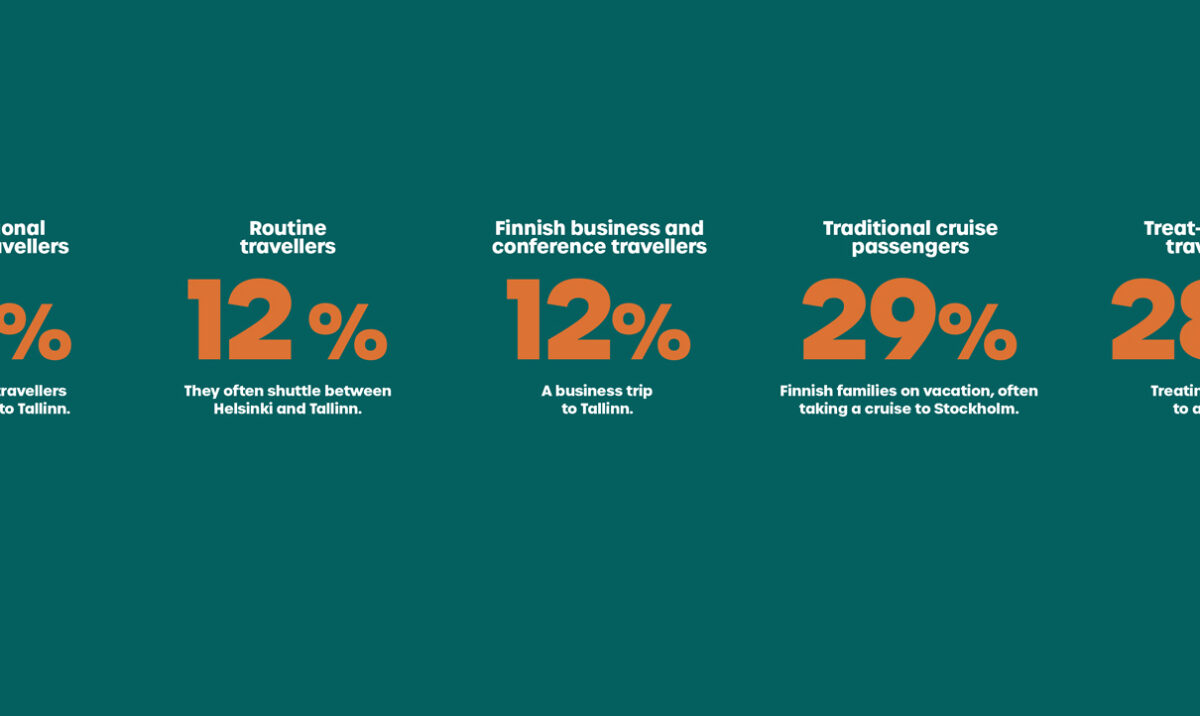
War took drivers to the frontline
Russia’s war of aggression in Ukraine pushed up fuel prices and led to a shortage of drivers. Yet at NCS Finland, the worst is already behind them.
Hopefully, the worst is already behind us. At least that’s what NSC Finland’s COO, Jarmo Halonen, dares to predict.
Since the coronavirus pandemic and outbreak of war in Europe, it has become even more difficult to predict the future.
“I dare not predict – at least not publicly – what will happen in the future. That’s how pear-shaped our forecasts have gone recently,” he says, laughing.
In fact, the pandemic years turned out to be a period of growth for the logistics company.
However, spring and summer are looking brighter for the Espoo transport company. So far, there have been no signs of a major recession in the order books. Exports are doing well, and their trucks are rolling from Finland to Europe and back again. In fact, the pandemic years turned out to be a period of growth for the logistics company.
“In the early days of the pandemic, we expected transport volumes to fall more sharply, but this was only the case for about a month or so. Then people started investing in home decoration and renovations, and sales of groceries increased. So the exact opposite of what we expected at the start of the pandemic.”
Just before the pandemic hit, NCS made what turned out to be a very fortuitous decision when the company expanded into the temperature-controlled transport of food products.
“This accounted for an increased share of the market during the pandemic era. People also ordered more groceries online, which increased delivery volumes,” says Halonen.
Then war broke out in Europe.
Drivers ended up on the frontline
The threat of large-scale war, which had been smouldering in Ukraine since 2014, flared up in February 2022. In addition to causing a rise in diesel prices, European road logistics found itself with a new problem, as Ukrainian drivers became soldiers defending their homeland.
“There was already a shortage of drivers in Europe, and the situation worsened considerably after the outbreak of war. Tens of thousands of Ukrainian drivers headed to the frontlines to defend their country. At the same time, we also started to see a decrease in the number of Belarusian drivers in the market,” says Halonen.
The majority of NCS Finland’s deliveries are made through subcontracting agreements. Once the cargo crosses the Baltic Sea, a different driver will take over. Halonen says that the driver shortage is affecting heavy-duty European traffic outside Finland in particular. There have been a relatively good number of drivers available in Finland to date.
“There’s a shortage of drivers, and this is being reflected as a sharp increase in wage costs in the European transport sector. Although the situation remains difficult, things have calmed down a bit.”
Halonen says that the problem is being exacerbated by new EU regulation that entered into force at the same time as the driver shortage hit. This legislation – the EU Mobility Package – has improved drivers’ working conditions in many ways. For transport companies, it means an increase in administrative work and costs.
Strong exports
Transport companies are in a tricky position at the moment. When it comes to profitability, an increase in fuel and labour prices is the worst possible poison. They account for well over half of the total cost of road transport. There are also indications that the global economy is facing a difficult recession, although there are no clear signs of it as yet.
“Both this general situation and high inflation are naturally affecting consumer purchasing power, and consequently our transport volumes, which have now slowed down since the pandemic. Although the visible impact has been surprisingly minor to date.”
“We have seen a clear slowdown in imports, but exports are still doing relatively well,” says Halonen.
He says that the products currently being transported indicate that Finnish companies have benefited from sanctions against Russia. Products and raw materials that were previously purchased from Russia and Belarus have now been partially replaced by Finnish products. This is particularly evident in the forestry industry.
“Forestry industry exports are currently doing very well indeed. All forestry products are making their way out into the world.”
Ambitious emissions targets
Ambitious targets have been set for reducing emissions from road transport by the turn of the 2030s. It is still uncertain whether they can be achieved. Although the sector is seeking solutions, a difficult conflict between supply and demand lies ahead.
For example, the production of new fuels is currently being ramped up with the support of huge sums of public money, and the main focus is on new hydrogen-based solutions.
At the same time, the producers of these new fuels have started asking policymakers where to find the demand that will be necessary to encourage companies to make billion-euro investments and stop using fossil raw materials in fuel processing.
“The solution for us would be biodiesel, and we’ve already increased its use in our deliveries. Electricity will still be limited to short distances for a long time to come. And like electricity, hydrogen requires the construction of major infrastructure networks before it can be used over longer distances.”
Another challenge may lie with vehicle manufacturers, whose production cannot be scaled up to meet demand.
“I’ve personally been waiting 14 months for my hybrid car to leave the factory. It raises questions about how successfully heavy-duty vehicle manufacturers will be able to change their output to meet demand over the next few years,” says Halonen.
Transport company customers have a strong and growing need to reduce the transport emissions from the products they sell. How these emission reductions will impact costs is a much more difficult equation than hopes and desires.
“The euro is a tough consultant.”
However, Halonen points out that environmental values and low-carbon are already such significant business drivers for some Finnish customers that additional logistics costs will not be a threshold issue.
New value from data
As in other sectors, the digitalisation of maritime logistics has taken huge leaps forward in recent years.
In the majority of NCS Finland’s deliveries, the driver of the pulling vehicle will leave the trailer on the ship, and the trailer will then continue its journey with a new vehicle and driver. The company’s imports and exports mainly pass through Vuosaari Harbour.
Halonen says that digitalisation has already enabled major improvements in road transport efficiency by virtue of the information that is now provided by shipping companies.
“These days, shipping companies provide us with good information about a ship’s ETA in port and, for example, when trailers can be removed from a ship. It makes scheduling easier and reduces unnecessary waiting,” says Halonen.
The next step is to ensure that data flows smoothly between all parties in the logistics chain.
“In the digitalisation process, we’re now faced with integrating the information held by different parties. Ports, shipping companies and logistics operators produce information for each other’s benefit,” says Halonen.





